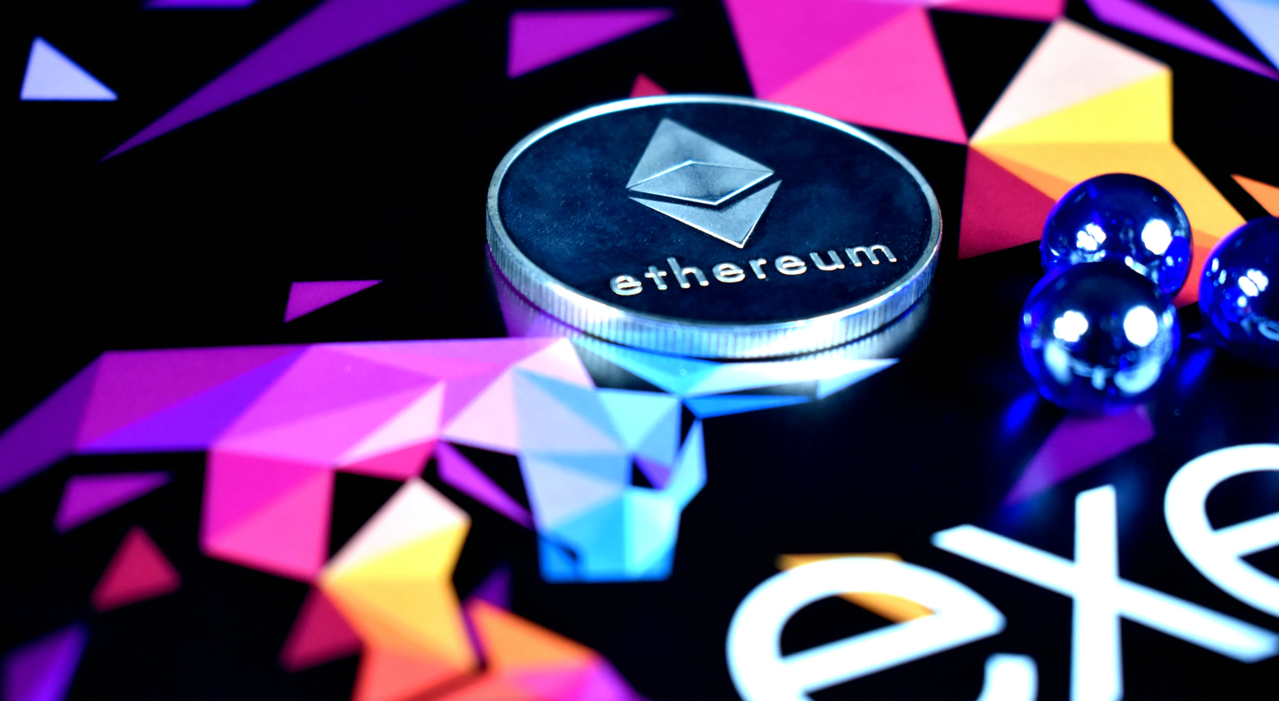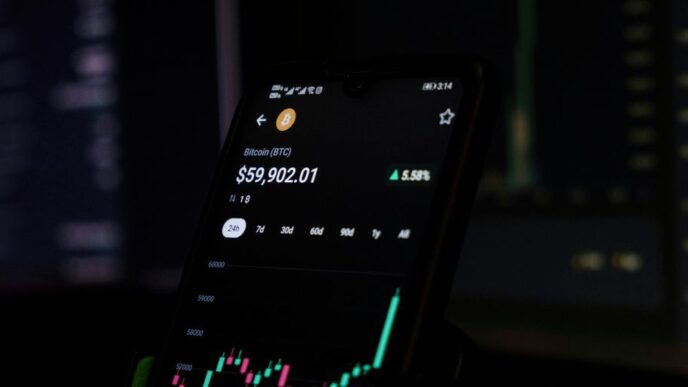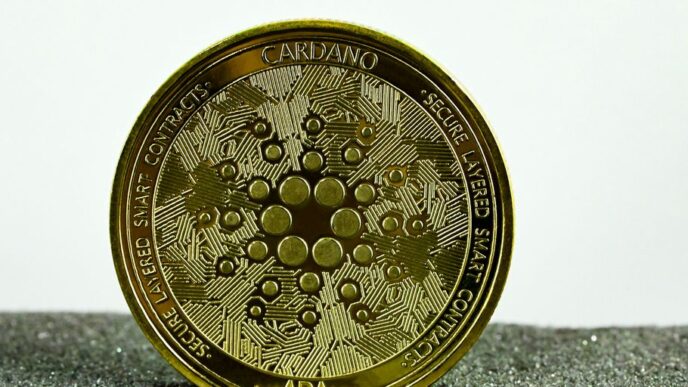ETH has risen over the years to become one of the most popular cryptocurrencies on the market. In addition to its use as a currency, the Ethereum platform offers a wide range of business uses. But the substantial rise in the price of Ethereum tokens this year has focused attention on the causes.
Understanding these causes is critical in determining whether now is a good time to invest or to look into other opportunities.
Reasons for the Run
The rise in ETH both in price and volume is not due to any single cause. The two items discussed below explain much of the rise.
Ethereum 2.0
The transition to Ethereum 2.0 is a broad incentive for purchasing Ether. The move to a more efficient and less costly system of validation in the blockchain promises faster transactions, greater capacity, and increased liquidity.
More people may be able to buy and use Ethereum 2.0. It will also make it even more appealing for use with decentralized finance solutions. Current Ethereum holdings will work in the new system when it goes into full operation.
Proof of Stake
One specific change in Ethereum 2.0 is worth highlighting: the move from Proof of Stake (PoS) to Proof of Work (PoW). PoS is less costly than PoW. It does not require the electricity-intensive mathematical computations to select winners to close blocks.
Staking requires ownership of currency and placing a stake or security deposit to ensure performance. Ethereum plans to gradually move to a PoS system in the next phase of the blockchain. The new process will involve shard chains that will decentralize the validation process and help it run faster and at greater scale.
Expected Lower Transaction Costs
Transaction costs may hinder current participation in a currency. This has been a big problem with Ethereum in the past. As transaction fees rise, purchasers may decide to look at other less costly alternatives to achieve their financial goals.
The future shift to Ethereum 2.0 holds promise for faster speeds and markedly lower costs per transaction.
Decentralized Finance Boom
DeFi is booming and there is a strong indication that it is the beginning of a long-term trend. The boom has not come in a straight climb but with starts and slower points along the way. Part of the reason for uneven DeFi periods relates to the burdens placed on the blockchain.
DeFi programs can require a massive amount of validation when involved with large-scale transactions. With the rise of DiFi programs and their use have come increased blockchain transaction fees sometimes creating price issues for would-be buyers.
The growth in DeFi volume has exploded over the past two years. The volume of DeFi projects has increased from about $2.5 million in 2017 to more than $8 Billion in 2020.
The rate of development of applications and the growing volume of users suggest a strong growth path. DeFi is a global phenomenon with implications for nations in which people tend to have limited access to banks or a preference for doing transactions without bank involvement.
In just a few years of growth, DeFi shows potential to replace centralized financial structures that nations have built over many decades. DeFi applications can cover banking functions, insurance, retail, real estate, and many basic areas of business and commerce. DeFi applications work well on the Ethereum platform and so the two have been closely connected.
Summary
The growth of DeFi and changes that make ETH more useful as a currency have helped to increase both Ether’s price and volume. The issues of transaction speed and transaction fees remain for resolution, but the future looks bright with the coming release of Ethereum 2.0. It is still a risky investment but it may be a good time to look into.












